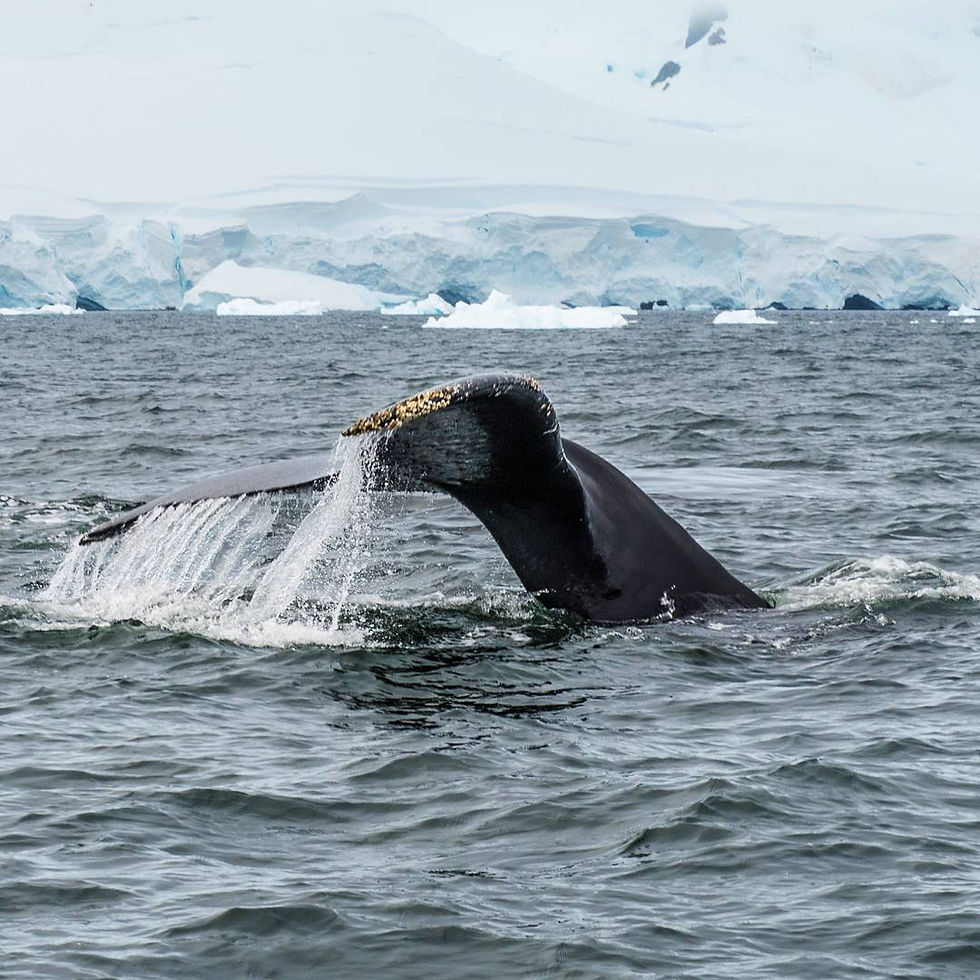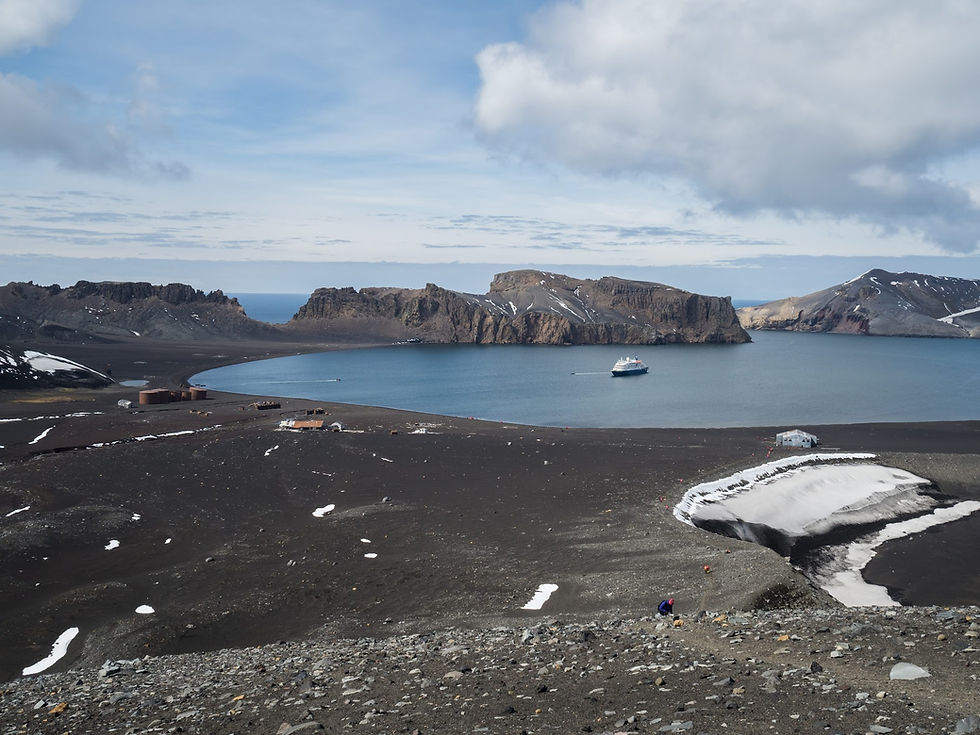Chasing the spirit of adventure in the most beautiful place on Earth

This is a story about the human spirit — an anthropocentric tale on the continent most hostile to and devoid of human life.
When I was a kid I read Kenneth Oppel’s Airborn series. The first follows a boy working on an airship that crash lands on an unknown island home to an undiscovered species of winged cats. It was my introduction to the ‘lost world’ genre. I adored it.
In real life ‘lost world’ usually just implies lost to white people. The true discoveries were made thousands or tens of thousands of years prior when indigenous peoples first arrived onto a landmass. ‘Great’ explorers were usually pillagers using their relative monopolies on guns and violence to capture wealth and manhood unobtainable to them back home — I’m looking at you Henry Morton Stanley. Even those with the best of intentions were sponsored by pseudo-state like corporations, eventually succeeded by disease and colonialism.
But Antarctica is different. To be sure, the first arrivals in the 1820s were whalers who, looking to profit on early demand for oil, devastated the local marine populations. Human hands are not clean in Antarctica. Whaling peaked in the first decade of the 20th century. But inland, away from the coasts there was no tangible human use for the coldest, windiest, driest and highest continent. For the sake of exploration we went anyway.

The grand prize was the South Pole. Through the first decade of the 20th century multiple expeditions attempted the trip but were forced to turn back. These took years to complete as supply depots had to be laid and marked upon the route the summer prior. If the pack ice shifted as desired or opened up enough for traversal by ship the overland trip from the edge of the Ross Sea to the South Pole was 1500+ kilometres each way and involved the traversal of the Transantarctic Mountains. All together this portion of an expedition would take over three months in ideal circumstances.
And let’s reflect on what “ideal circumstances” means in this environment. The average temperature in January at the South Pole is -26 C, storms across the continent bring high winds and completely white out conditions. The sun never sets and, weather permitting, all there is to do is move forward on foot or sled over the vast ice sheets, some littered with dangerous and hidden crevasses.
On December 14, 1911 Roald Amundsen and his team of four men became the first people to ever step foot on the South Pole. They had won a race against Robert Falcon Scott who arrived 34 days later on January 17, 1912. These five weeks proved crucial. Scott and his team faced -40 degree weather on their return journey. This mixed with some planning errors and the extra burden of attempting to record scientific observations on their trip would cost all of the men their lives.
To me the insanity of this achievement is underscored by the fact the next person to reach the pole was George Dufek… in 1956… by plane.
Dufek was not the last to attempt a trip though. Shackleton had made it to 88 degrees South in 1909. Upon hearing the news of Amundsen’s achievement he pivoted to a new goal; he would attempt to be the first to cross the entire continent via the pole.
I believe the story of his Imperial Trans-Antarctic Expedition to be the greatest known story of human endurance there is.
Shackleton and his crew would never set foot on the continent proper. Their intended destination was Vahsel Bay at some 78 degrees South where preparations would be made on land. Colder than expected temperatures in the Weddel Sea caused significant delays as the crew had to navigate the pack ice. On February 14, 1915 their ship, the Endurance, was stuck. Drifting with sea ice was sometimes done intentionally especially in crossings of the Northwest and Northeast passages through Canada and above Russia. There was hope of one day breaking free and sailing on but the slow moving ice made over-wintering inevitable.
After four months of darkness the sun rose in the spring to find the Endurance’s position to have changed little. It had drifted to 69 degrees South but remained trapped. Gale force winds and shifting ice sealed its fate and the hull was breached on October 24, 1915.
Survival would mean rescue but the remaining whaling stations were largely on the warmer Western side of the Antarctic peninsula, effectively impossible to reach over foot. It quickly became clear that getting anywhere on foot would be impossible. Soft snow and frozen ridges halted all attempts at transversal.
For five and a half more months they lived within a camp on the sea ice relying on provisions of seal and penguin meat to stay alive. Then finally, on April 8, 1916 they were able to set off on their three 7-metre long lifeboats and make a dash for Elephant Island 180 kilometres North.
Elephant Island is relatively close to old whaling stations including the one at Deception Bay pictured below. But harsh westerly winds meant that traveling that direction would be impossible. The only option was East... the only option was South Georgia 1300 kilometres away… across the rough Antarctic Ocean. On April 24, 1916 Shackleton and five other men set-out in their lifeboat — equipped as best as possible — to make the journey. Miraculously, after two weeks, they arrived.

One more obstacle remained. The populated station of Stromness was on the relatively sheltered North shore. They had arrived from the South, their lifeboat now barely seaworthy. The only option was to make the last portion of the journey overland through South Georgia’s unmapped mountainous interior. Those fit enough to make the crossing hiked for 36 hours straight, at one point sliding down a glacier blindly seeing no other feasible option. They made it.
Hampered by poor weather and winter sea ice, rescue would take three more months for the remaining crew stuck on Elephant Island. On August 30, 1916 the Yelcho, a Chilean navy steam ship made it to their rescue. Despite a heart attack, an amputation, the Antarctic weather, and dwindling food provisions, not a single member of the expedition died.
I have always been fascinated by Antarctica. When I got the idea for this blog I knew this is where I would be starting. I’m asked fairly often to provide a list of the top 3 or 5 places I have visited and it’s a question I continually struggle with. The world is such a beautiful and diverse place, my experiences so varied and my memories fallible especially in the face of nostalgia. You will not find me attempting to answer this question here either, I am perfectly comfortable with the ambiguity. But, Antarctica is special.
I visited in December of 2016 on board the MV Sea Spirit operated by Poseidon Expeditions. Regardless of who one books with a two-day crossing of the Drake Passage is required. There are limits on how many people can go ashore at one time (normally around 100) so the boats that make the journey are much smaller than the behemoth floating cities that tour around the Mediterranean and Caribbean. This means you feel the waves a lot more, something the Drake is particularly infamous for. During our crossing these peaked at about 7 metres. With reassurance from the crew that this was still 2 to 3 metres below anything of concern I had quite a lot of fun with this — I don’t think many others felt the same.

On the evening of the second day our vessel was greeted by calm waters but a dense fog. I was in the ship’s small auditorium (maybe more akin to a classroom) listening to a lecture from one of the expedition leaders on Shackleton’s journey. Rock pillars of the newest world began to emerge around us as if to say it was too late to turn back.
But of course I was on a cruise ship about to have the best vacation of my life. It was the idea of adventure that had seduced me, less so the reality of it. What must Shackleton, Scott, Amundsen and other explorers have been thinking when they first saw land and ice approach? What were they feeling?
I can never truly know but such is the power of place. For the first time in my life I stepped outside and smiled as a result of the freezing air hitting my face. This was my lost world. I adored it.
General sources: Sir Ernest Henry Shackleton, South: the story of Shackleton's last expedition, -1917, New York: Macmillan, 1920. https://www.loc.gov/item/20001604/




Comentários